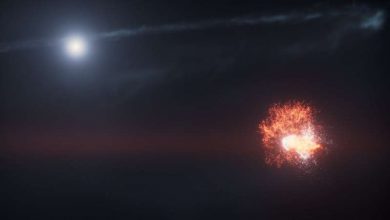Iran plans to deliver Russia with Fateh-110 and Zolfaghar ballistic missiles

According to U.S. intelligence information published by “The Washington Post” on October 16, 2022, Iran could strengthen its military support for Russia by providing Iranian-made short-range ballistic missiles Fateh-110 and Zolfaghar.
The Fateh A-110 is a short-range, road-mobile, solid-propellant ballistic missile based on the Russian-made missile R-65 FROG, but other sources said it is a copy of the Chinese DF-11. The missile was designed to replace many of the aging Scud systems that were in service with the Iranian armed forces. Iran began developing the Fateh A-110 in 1997 and the first test flight of the Fateh A-110 took place in May 2001.
The Fateh A-110 ballistic missile is mounted on a 6×6 truck. The latest generation of the missile the Fateh A-110B has an operational firing range of 250 km and an accuracy of 250 m CEP (Circular Error Probability).
The Zolfaghar is an Iranian road-mobile,single-stage, solid-propelled SRBM (Short-Range Ballistic Missile). It was unveiled during a military parade in September 2016. According to Iranian military sources, the Zolfaghar missile has a range of 700 km. In February 2019 Iran unveiled a new long-range version of the Zolfaghar missile called the Dezful missile with a range of 1,000 km.





